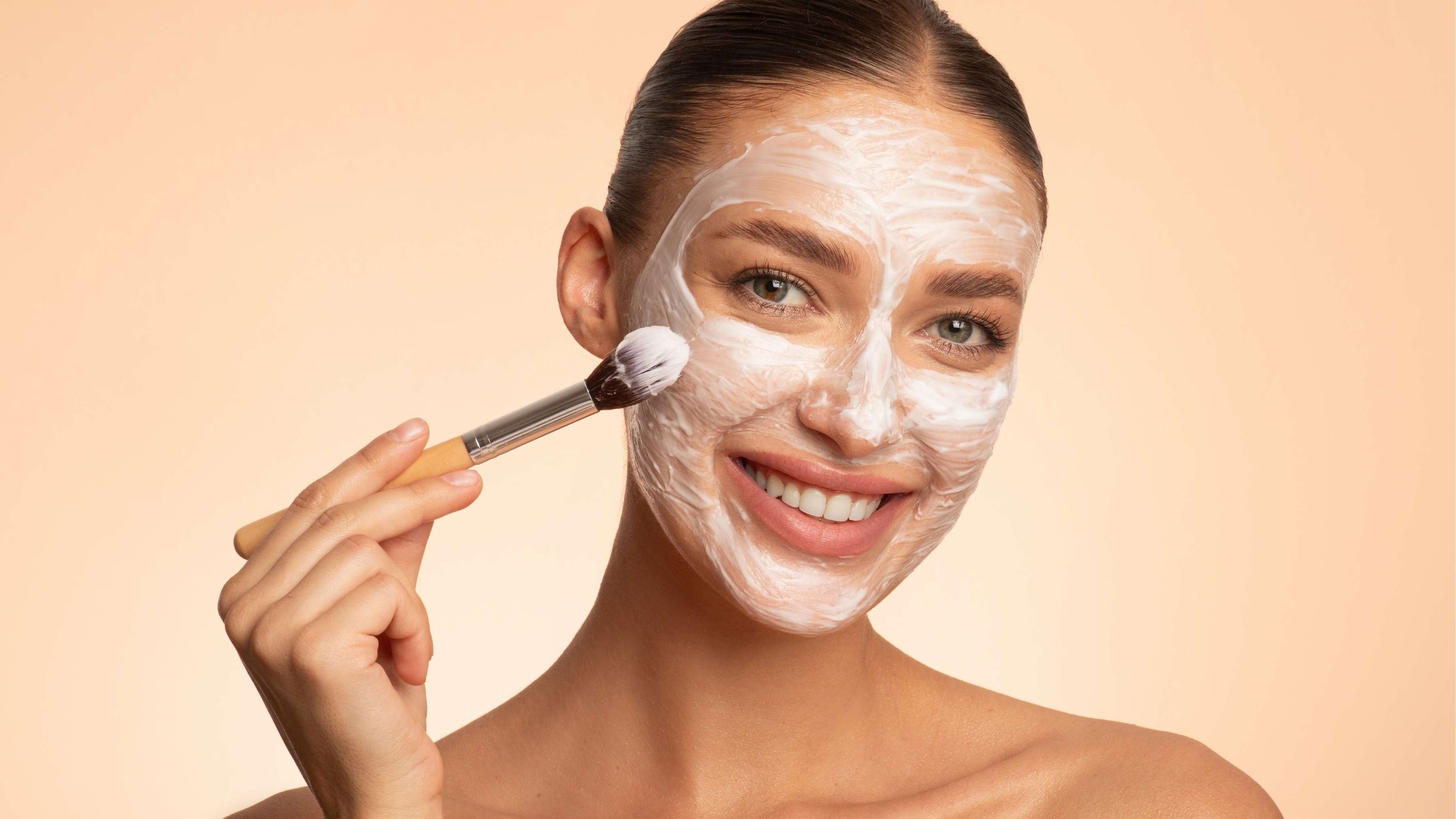Every time you step out, you are exposing your skin to dust, pollution and the sun, and with it, you run the risk of getting tanned. The idea of removing the tan and lightening your skin tone by bleaching it may be attractive, but it comes with its own set of after-effects. The most common side-effects are redness and sore skin. So if you have ever faced these issues due to bleaching, here are some remedies that will help soothe your skin.
01Immediate Steps to Take After Bleaching Burns
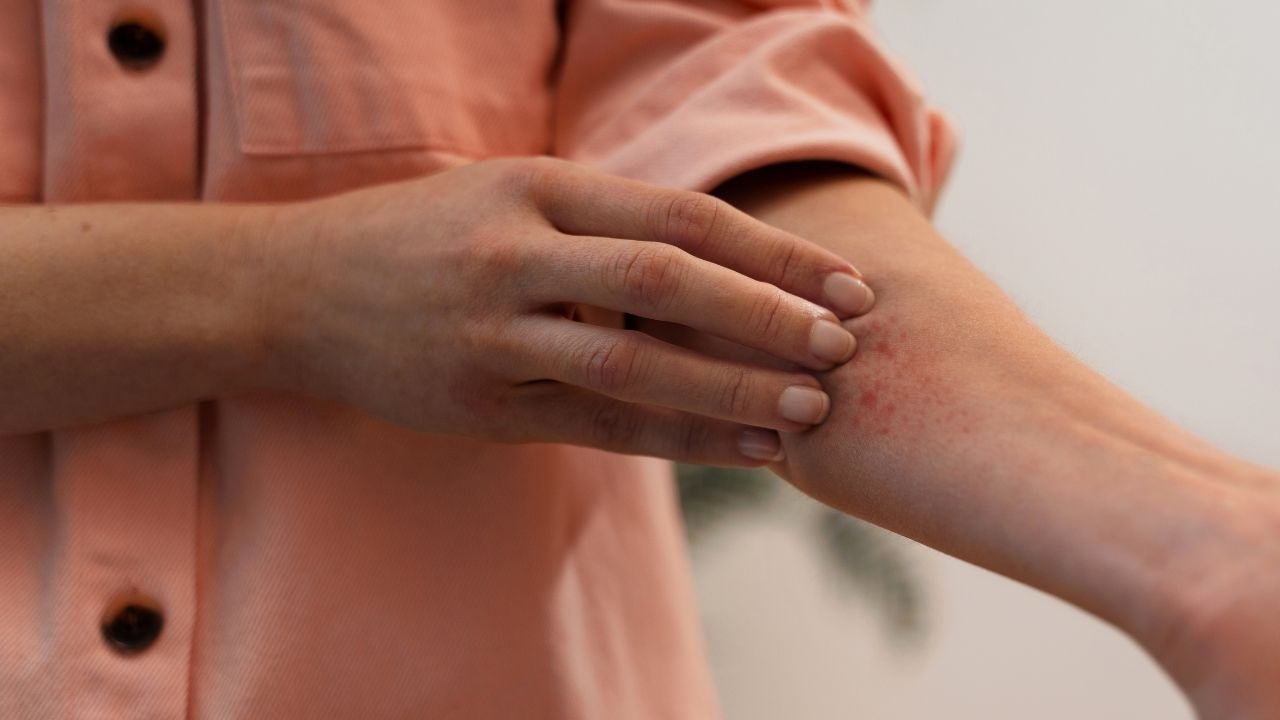
If you've experienced a bleaching burn, it's important to act quickly to minimize irritation and speed up the healing process. Here's what you should do immediately after a bleaching burn:
Rinse Immediately with Cold Water
As soon as you notice the burn, rinse the affected area with cold water to remove any residual bleach. This will help reduce further irritation and stop the bleach from continuing to affect your skin. Avoid hot water, as it can exacerbate the burn.
Use a Mild, Fragrance-Free Cleanser
Gently cleanse the burned area with a mild, fragrance-free cleanser. Look for a product specifically designed for sensitive skin to prevent irritation. Avoid scrubbing or using exfoliating products, as these can worsen the burn.
Apply a Soothing Agent
After cleansing, apply a soothing agent such as aloe vera gel or calendula cream. These ingredients are known for their cooling and healing properties and can help reduce redness and discomfort.
Avoid Sun Exposure
Sun exposure can worsen the burn and increase the risk of hyperpigmentation or scarring. Stay indoors and, if you need to go outside, cover the affected area with clothing or use a broad-spectrum sunscreen to protect it.
Use an Ice Pack (If Redness or Burning Persists)
If the skin feels hot or inflamed, applying an ice pack wrapped in a cloth can help to reduce redness and cool the area. Avoid placing ice directly on the skin, as it can cause further damage.
Apply a Lightweight Moisturizer
Use a non-comedogenic moisturizer to help hydrate the skin and restore its natural barrier. This type of moisturizer will ensure that your pores don't become clogged, which is crucial in preventing further skin issues while the skin heals.
Avoid Makeup or Harsh Skincare for 24 Hours
Give your skin a break from makeup, exfoliants, and any harsh skincare treatments for at least 24 hours. This will allow the skin to recover and prevent additional irritation or clogging of the pores.
Monitor for Allergic Reactions
Keep an eye on the burned area for any signs of severe irritation, swelling, or allergic reactions such as hives or blisters. If the burn worsens or you experience excessive pain or swelling, seek medical attention immediately.
02How to cure bleach reaction on the Face: Quick & Effective Remedies
Below are some easy home remedies to soothe your skin after bleaching:
Raw milk and ice cubes
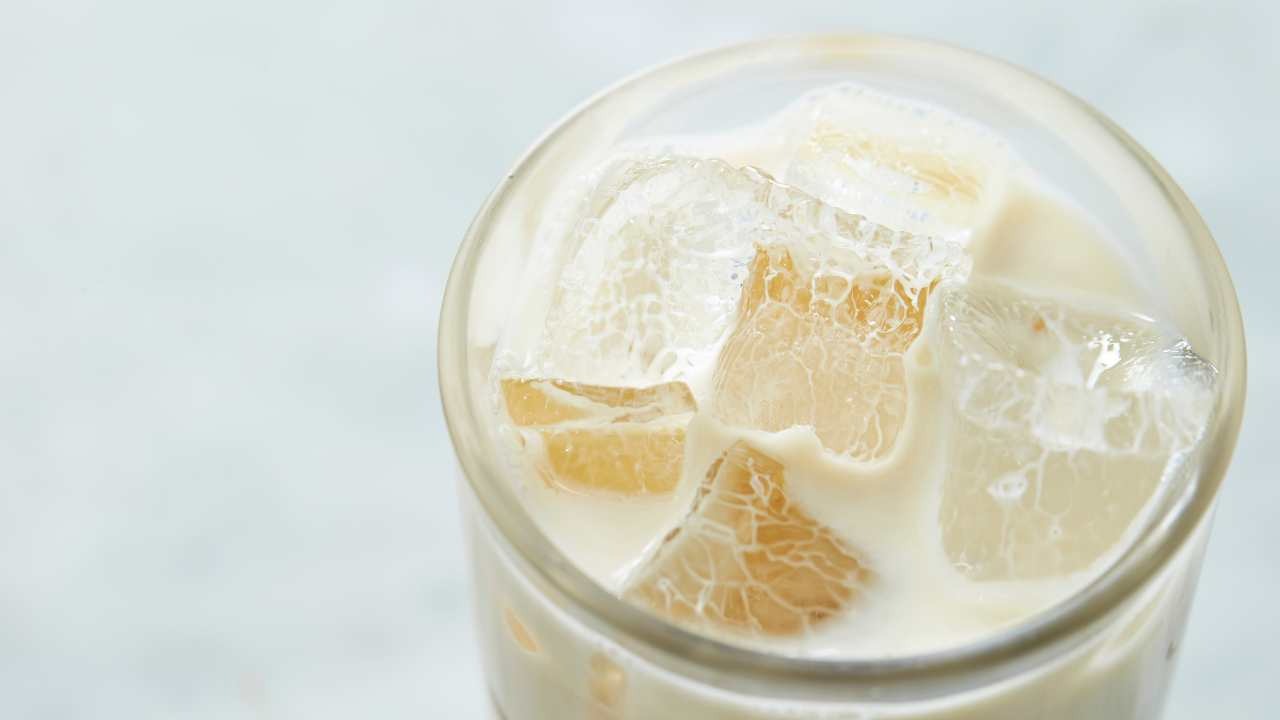
After you are done with bleaching, your skin feels cleaner and fairer but it also feels a little sore too. The first thing you should do after bleaching is to soothe it with skin-cooling agents like cold raw milk and ice cubes. Rub ice cubes on the bleached area or keep cold milk-soaked cotton pads on it. This will provide your skin good relief.
Aloe vera massage
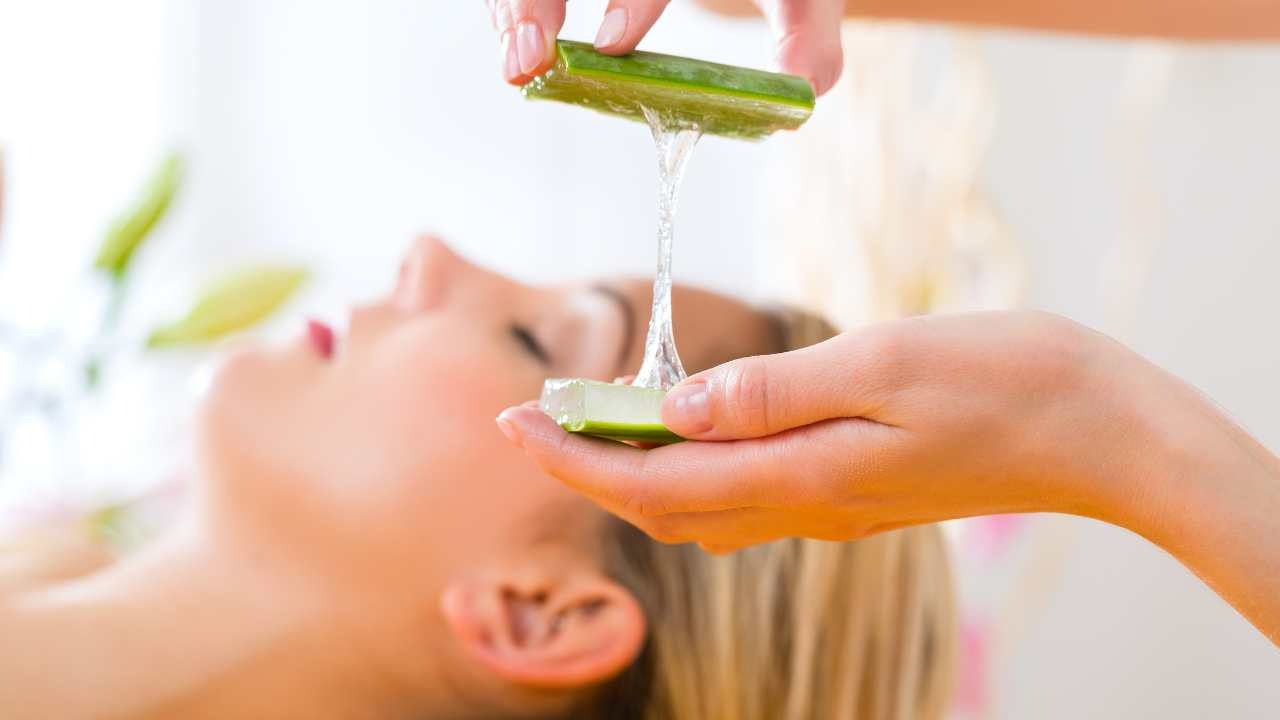
Cut the stem of an aloe vera plant and extract its gel. Massage it onto your face and let it stay for 4-5 minutes. Aloe vera has a cooling effect and it will help heal your skin as well. It is an anti-inflammatory and antiseptic agent too.
Coconut water
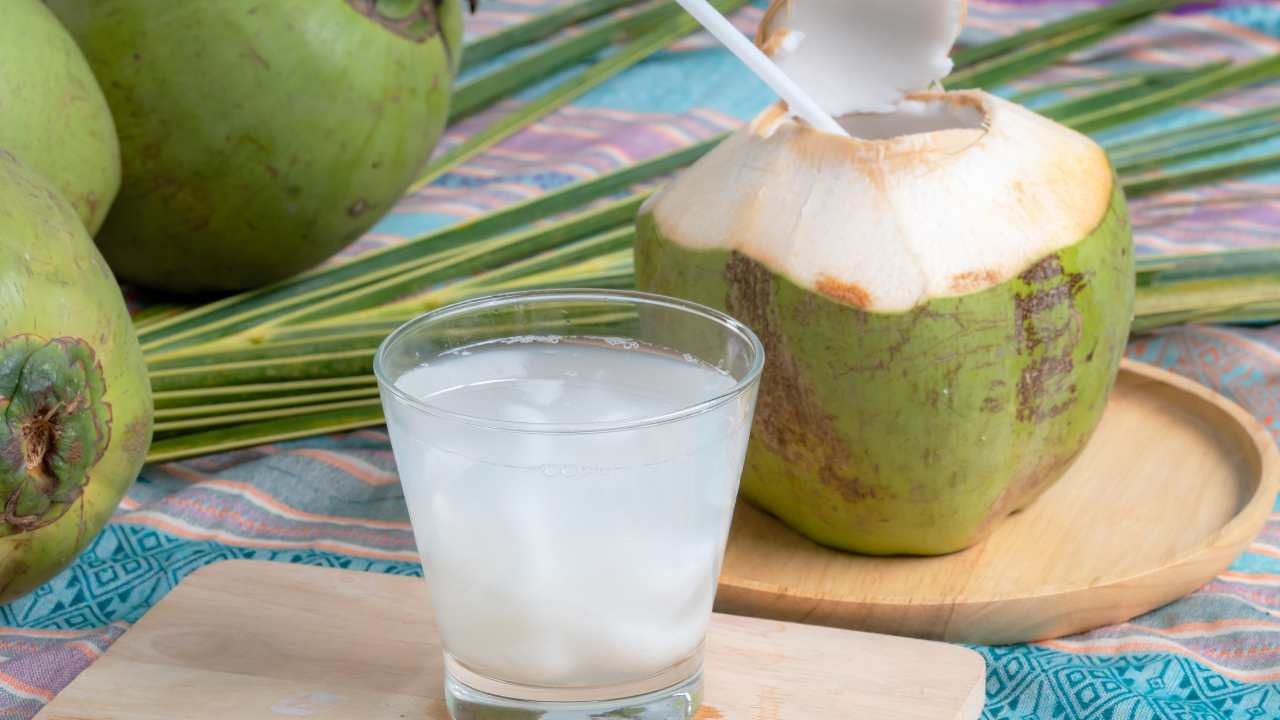
If bleaching has caused you a skin burn, you can find treatment in coconut water. Drink it as much as you want as it will keep you hydrated from the inside. You can also use it as a toner as it will calm your skin and make it supple with its minerals and vitamins.
Potato skin

Use potato skins to heal your skin! It is cool, hydrating and refreshing. Its anti-inflammatory properties and strong healing powers will help your bleached skin recover in a short period. Cover the bleached areas with potato skins for about 10-12 minutes twice a day and see the results soon.
Lavender oil
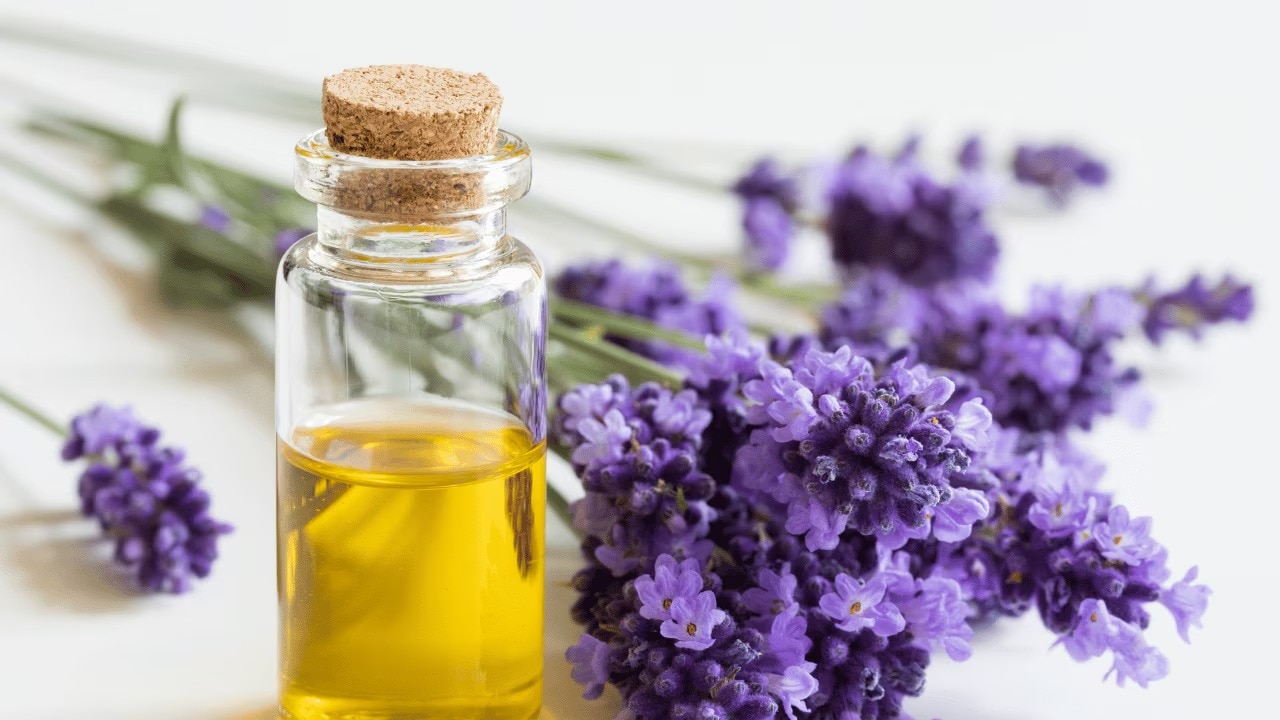
If bleaching has caused rashes on your skin, lavender oil will help soothe it. Its antiseptic property helps your skin to recover faster without leaving any scars. Apply lavender oil using a cotton pad to make your skin look and feel better.
Sandalwood pack
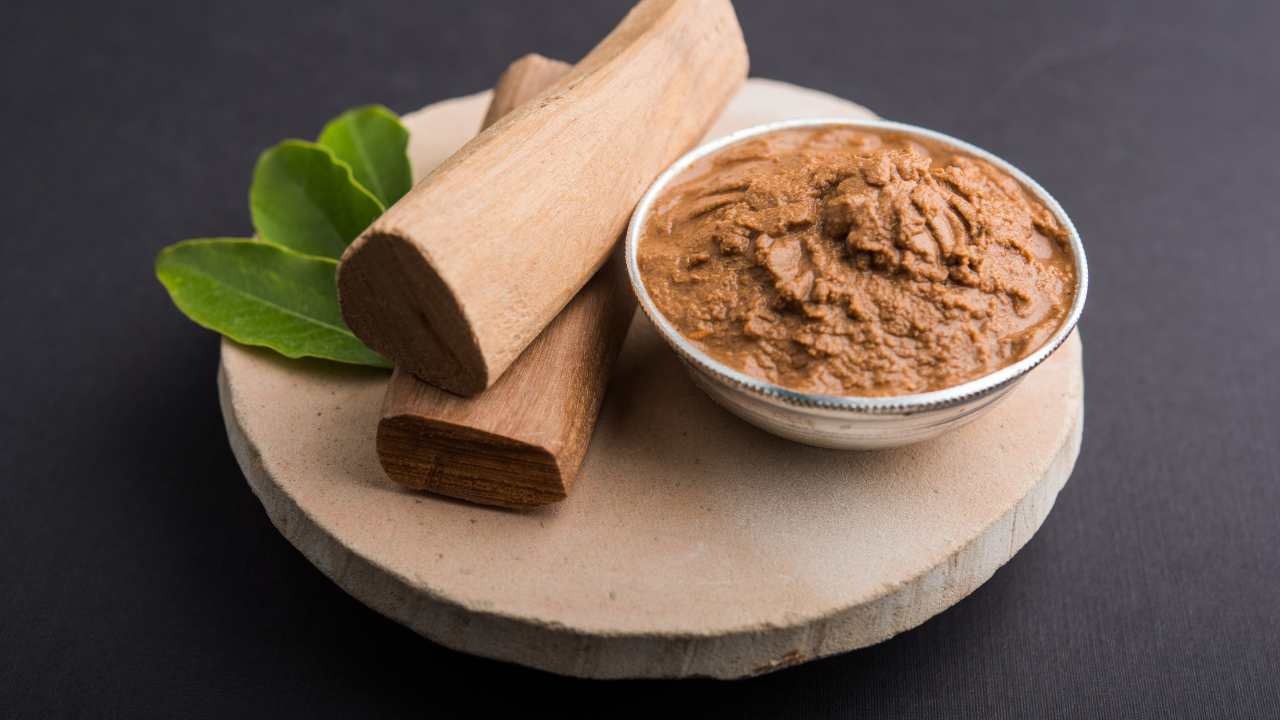
Sandalwood is known to soothe skin as it has anti-inflammatory and anti-bacterial properties that help heal and soothe your skin. Mix some sandalwood powder with rose water or milk and apply it on the affected areas.
Turmeric & yoghurt
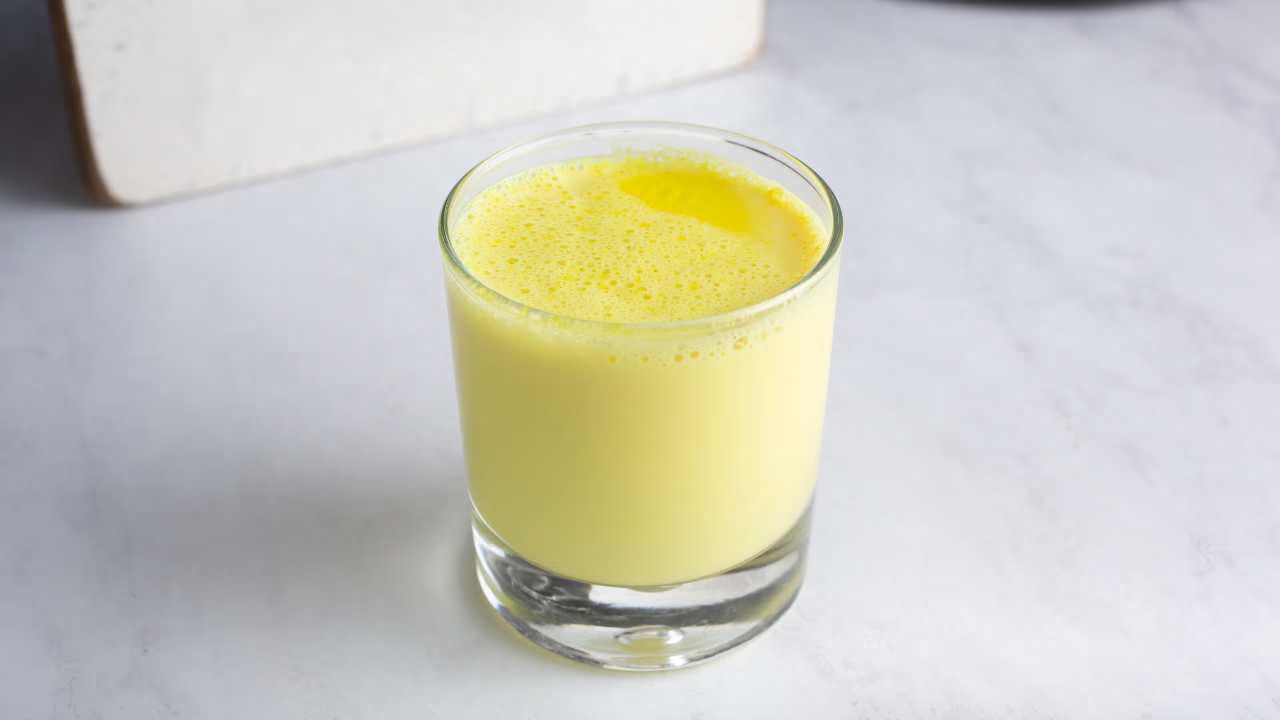
The healing properties of turmeric are well known. Apply some turmeric with yoghurt on your bleached skin, this will help calm your skin.
Cucumber slices
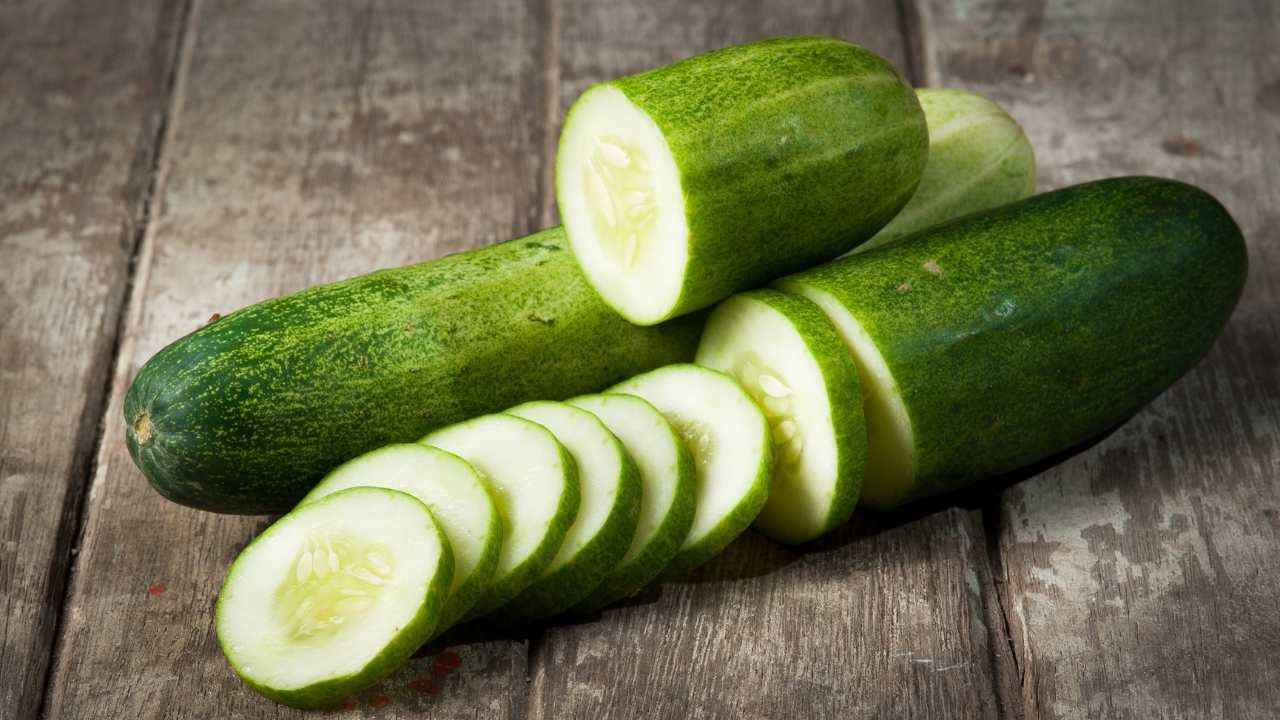
The cool, moisturising nature of cucumbers is ideal for an irritated complexion. To make this home remedy, slice a chilled cucumber and place the slices directly onto the bleached areas. The natural moisture and anti-inflammatory properties of cucumber will minimise redness and burning sensations. Leave them on for 15-20 minutes for more relief.
Oatmeal paste
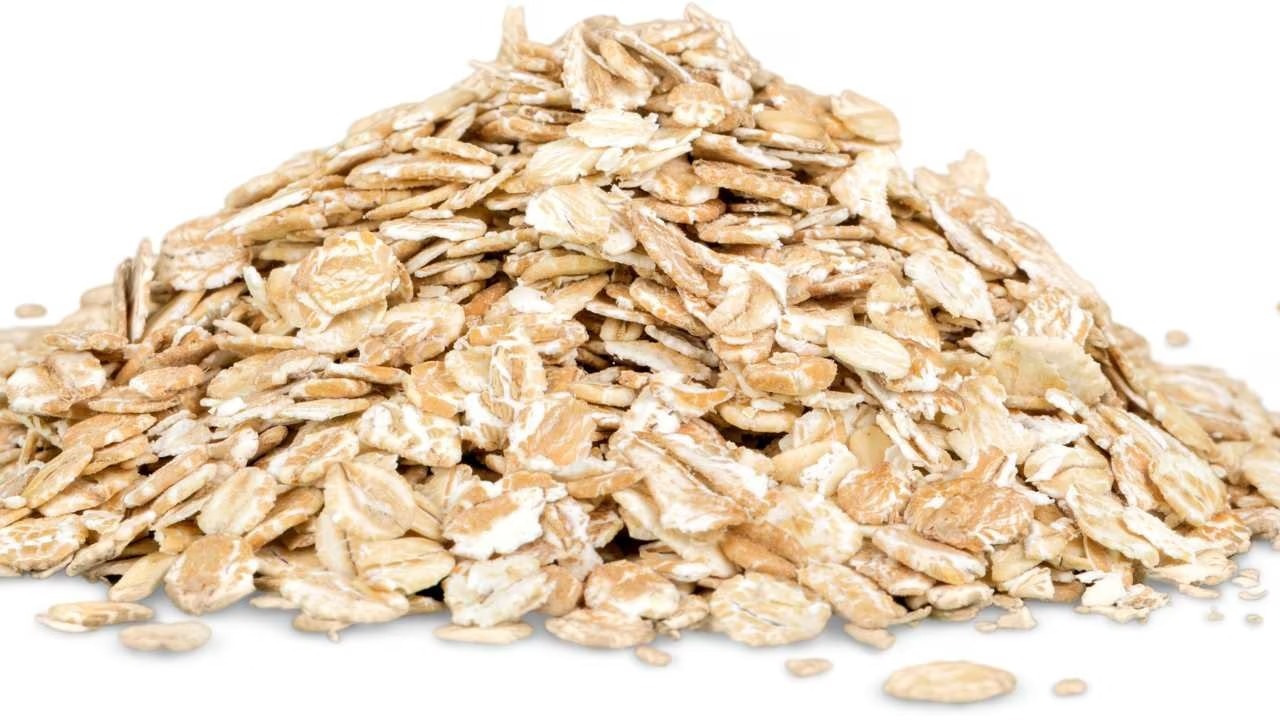
Oatmeal isn't just a food item! It works well to calm irritated skin. To make this home remedy, grind plain, uncooked oatmeal into a fine powder, then combine it with a bit of water or milk to form a paste. Apply the paste to the bleached areas and let it sit for 10-15 minutes before washing it off with cold water. Oatmeal has anti-inflammatory properties, which minimise itching and redness.
Honey mask
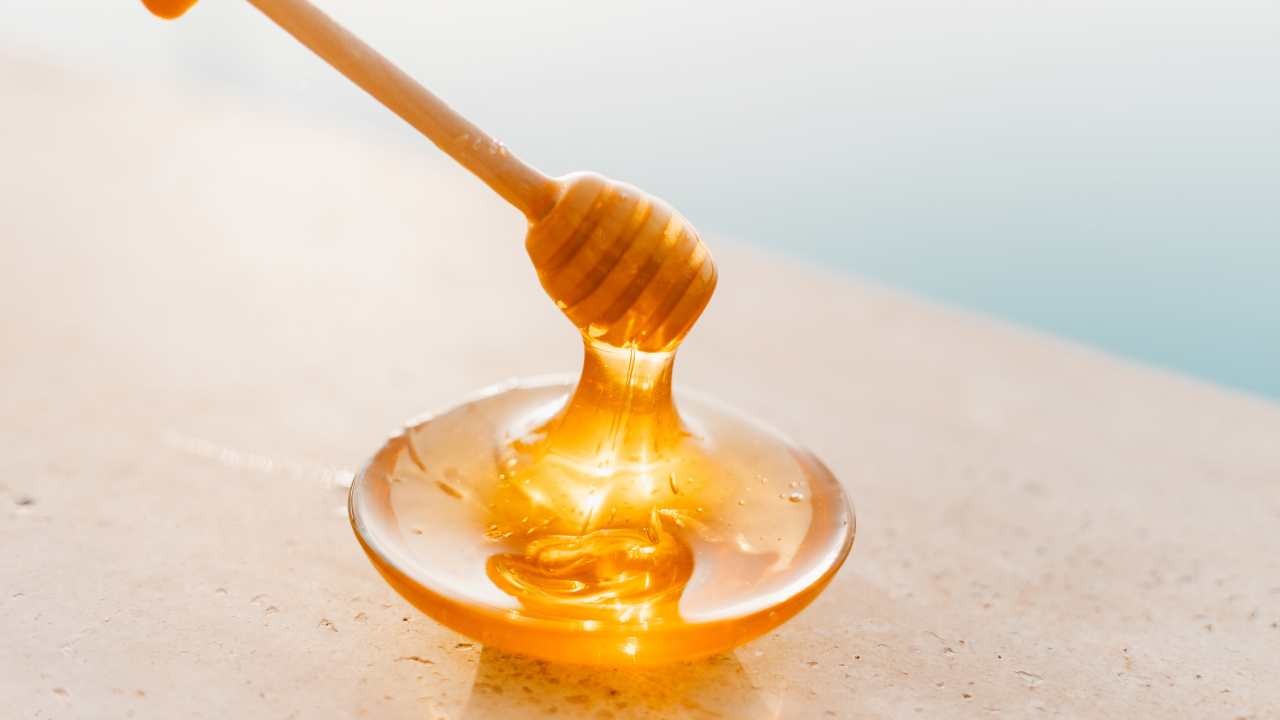
This homemade face pack after bleach attracts moisture into the complexion. It also boasts antibacterial and anti-inflammatory properties. Utilise a thin layer of raw, unpasteurised honey to the bleached areas and leave it on for 15-20 minutes. Wash it off with cold water. This will help moisturise your skin and boost healing.
Chamomile tea compress

Looking for a bleach burn treatment at home? Look no further than chamomile tea, which is known for its soothing properties. To make this home remedy, simply brew a strong cup of chamomile tea, let it cool, and then soak a clean cloth or cotton pad in the tea. Cautiously apply the compress to the bleached areas for 10-15 minutes. The chamomile will minimise inflammation and redness.
Plain Yoghurt
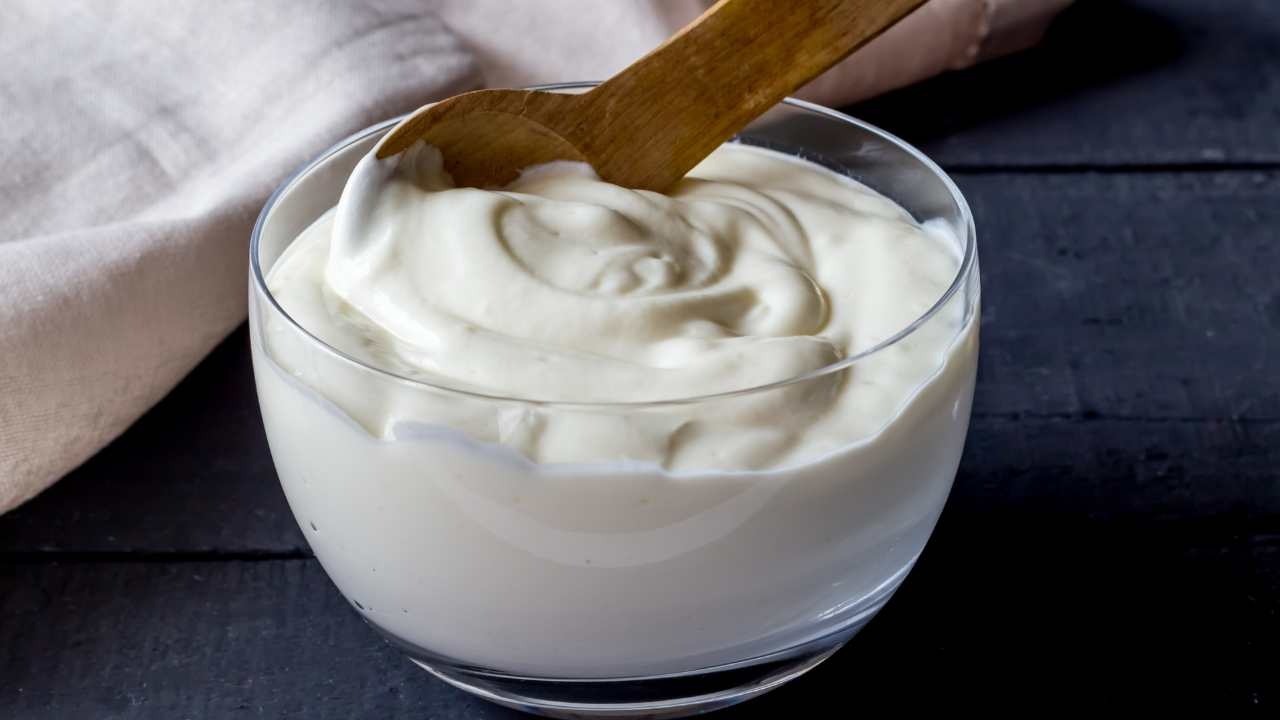
What to do when bleach burns your skin? Apply plain, unsweetened yoghurt, which contains probiotics and lactic acid, both of which can be very calming to irritated skin. Dab a thin layer of plain yoghurt to the bleached area, and let it sit for 10 to 15 minutes before washing it off with cool water.
03Preventing Bleach Reactions: Tips for Safe Bleaching
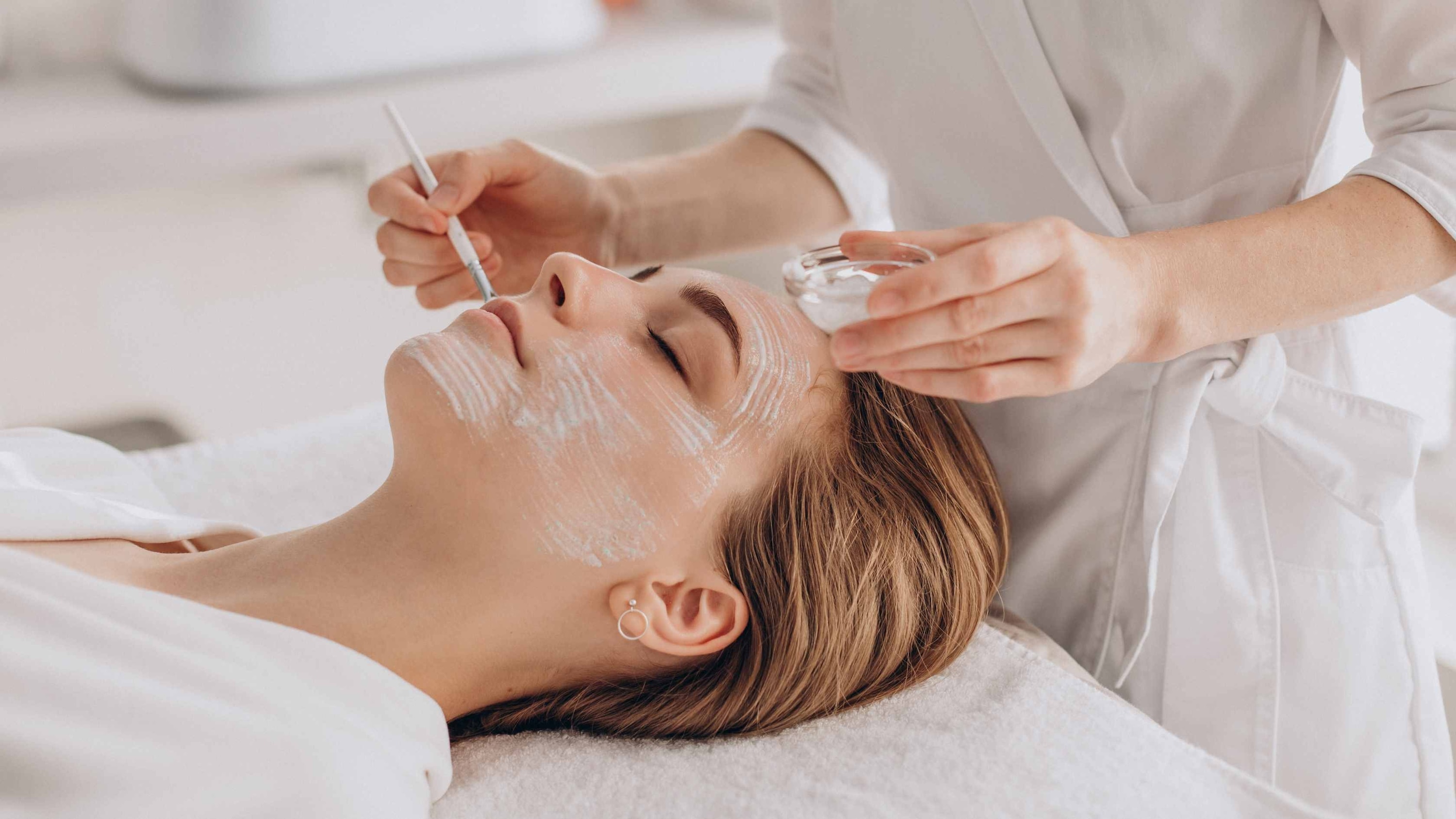
To avoid the risks of bleach burns and other skin reactions, it's essential to follow proper precautions before and after bleaching your skin. Here are some tips to ensure a safer bleaching experience:
How to Minimize Side Effects Before and After Bleaching
- Patch Test First Always perform a patch test before applying bleach to your entire body or face. Apply a small amount of the bleach mixture to an inconspicuous area (like behind your ear or on your inner wrist) and wait for 24 hours to check for any adverse reactions such as redness, irritation, or swelling.
- Use a Professional-Grade Bleach Choose products from reputable brands that are designed specifically for skincare. Avoid using harsh chemical bleach products not intended for skin, as they can cause severe burns or long-term damage.
- Follow Instructions Carefully Always follow the manufacturer's instructions carefully when using bleach. This includes the correct amount of time to leave the product on your skin and how to mix it. Overexposing your skin to bleach can significantly increase the risk of burns.
- Avoid Bleaching Sensitive Areas Avoid using bleach on particularly sensitive areas like the eyes, mucous membranes, or broken skin. These areas are more vulnerable to irritation and should never be exposed to bleach.
- Moisturize Before and After Bleaching Keep your skin moisturized before and after the bleaching process. Applying a lightweight, non-comedogenic moisturizer can help strengthen your skin's barrier and reduce the chances of it drying out or becoming irritated during bleaching.
Best Practices to Avoid Skin Damage from Bleaching
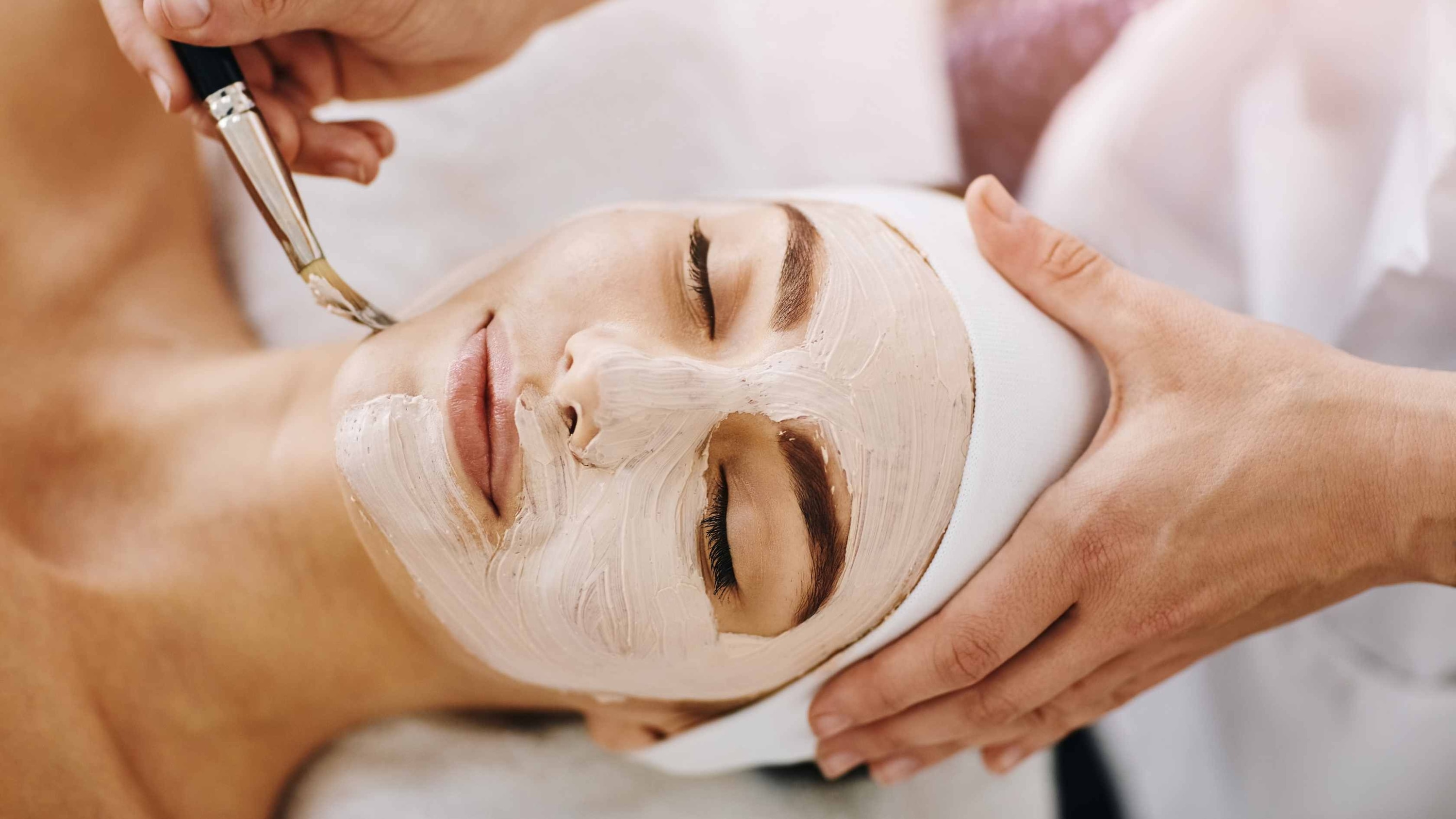
- Choose the Right Bleaching Agent Look for bleaching agents that contain milder ingredients such as hydrogen peroxide in lower concentrations or those designed specifically for skin use. These are less likely to irritate the skin than stronger chemicals like ammonia or harsh bleaches.
- Time It Right Do not leave bleach on your skin for longer than the recommended time. If you're unsure, err on the side of caution and rinse the bleach off early. Leaving bleach on too long can cause severe damage to your skin. Hydrate and Nourish Your Skin Hydration is key. Drink plenty of water before and after bleaching to keep your skin hydrated from the inside out. After bleaching, nourish your skin with a soothing, fragrance-free moisturizer to restore any lost moisture and help maintain your skin's elasticity.
- Avoid Sun Exposure After bleaching, your skin becomes more vulnerable to UV damage. Avoid direct sunlight or use a broad-spectrum sunscreen with a high SPF to protect your skin. This is especially important for areas like the face and décolletage, which are often exposed to the sun.
- Don't Overdo It Avoid excessive bleaching. Repeated applications of bleach can weaken your skin's natural barrier and make it more prone to irritation, burns, and long-term damage. Give your skin enough time to recover between treatments. Consult a
- Dermatologist If you're unsure about the best bleaching practices or products for your skin type, consult a dermatologist before beginning a bleaching routine. A skincare professional can help you choose the safest products and techniques for your individual needs.
04FAQs on easy home remedies to soothe skin after bleaching
Below are some of the most frequently asked questions answered by experts:
Q: How soon after bleaching can I start using these remedies?
A: It's best to wait a few minutes after washing off the bleach to let your complexion settle. Then, you can gently apply your chosen remedy. The sooner, the better, to soothe any potential irritation.
Q: Can I use these remedies if my skin is burning or itching a lot?
A: Yes! That's precisely when these remedies are most helpful. The calming properties of ingredients such as aloe vera, cucumber, and yoghurt provide quick relief. However, if the burning or itching is severe or doesn't improve, it's advisable to seek advice from a dermatologist.
Q: How often should I apply these remedies?
A: You can apply these remedies as often as needed, particularly in the first few days after bleaching. For mild irritation, once or twice a day might be sufficient. For more intense discomfort, you can apply them numerous times a day. Just be cautious and avoid over-handling your complexion.
Q: Can I leave these remedies on overnight?
A: Some remedies, such as aloe vera gel or a thin layer of honey, can be left on overnight. But for remedies like potato skins or oatmeal paste, it's best to stick to the recommended time frame (10-20 minutes) to avoid any possible irritation.
Q: Are these remedies suitable for all skin types?
A: Typically, yes. These remedies are made with natural ingredients that are gentle on most skin types. However, if you have very sensitive skin or known allergies, it's best to perform a patch test before applying any remedy to a larger area.
Q: Can I use these remedies on my body as well as my face?
A: Absolutely! These remedies work just as well on other bleached areas of your body. Just apply them to the affected areas as needed.
Q: What should I avoid after bleaching?
A: Don't use harsh soaps, scrubs, fragrances, and makeup for at least 24-48 hours. Also, avoid direct sun exposure and always wear sunscreen, even on cloudy days.
Q: How long will the redness and irritation last?
A: The duration of redness and irritation varies depending on your skin's sensitivity and the strength of the bleach. With proper care and the use of these home remedies, the irritation should subside within a few days. By using these home remedies you can soothe your skin after bleaching. These remedies are easy and will instantly calm your complexion. However, if you have a severe reaction to bleaching or if you have additional questions or concerns, it's advisable to consult a dermatologist or healthcare expert. They will help you by providing you with a personalised treatment plan.

